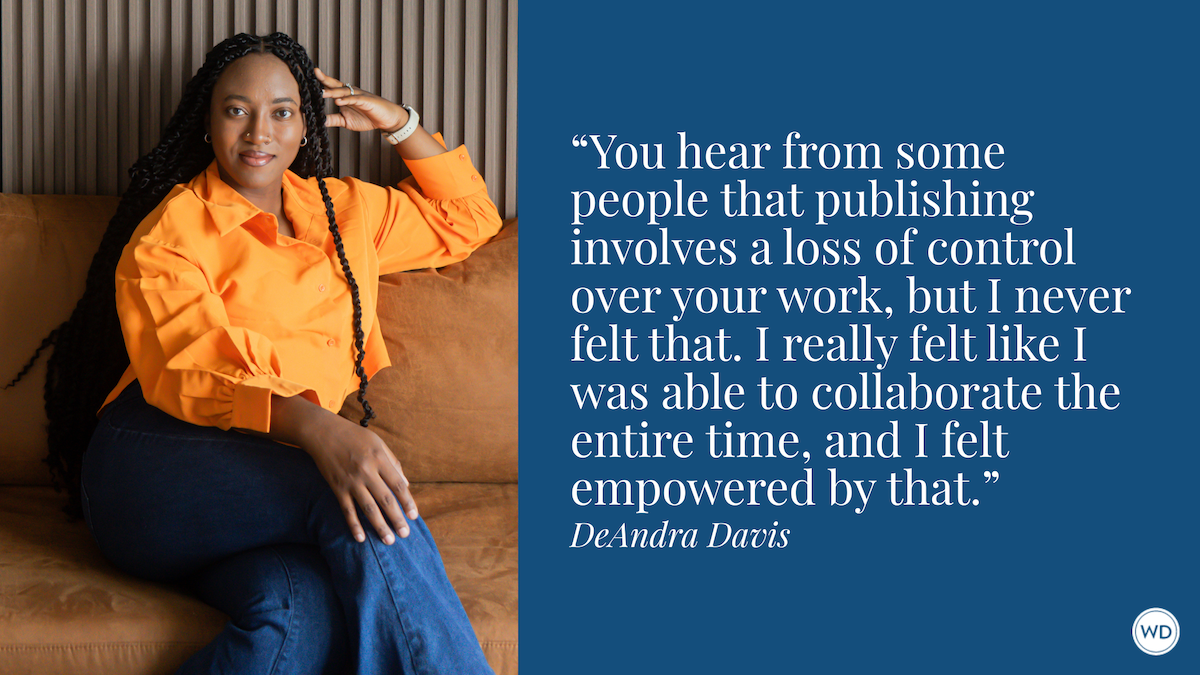10 Tips for Creating Your Own Graphic Novel
The graphic novel has had a major impact on readers and writers for years. Interested in writing your own? Graphic novelist Joe Lee shares his 10 tips to create your own graphic novel.
The graphic novel, or actually graphic storytelling, is the oldest form of preserved human narrative. From cave walls to carved tombs to stained glass windows, pictures have told us tales that have outlived whatever spoken or written language the teller communicated in their day-to-day transactions.
Today, the realm of the comic book has transformed and expanded from the colorful adventures of caped superheroes to include a treasure trove of serious literary artworks. It is a world of new possibilities and practitioners—a world waiting for you to step into.
Here are my 10 tips to consider as you work.
1. Tell a story you have fallen in love with.
It might be fiction or nonfiction, something of your own creation or something received from another source, but it will be something you will need to be married to for days and months, page after page, so if you want the marriage to last there better be LOVE.
2. Research, investigate, know what you’re talking about.
Give yourself time to really involve yourself in your subject, even if that subject is of your own creation. Your new world may have its own physical laws and history but take the time to keep them consistent with their own internal reality.
3. Outline, take notes, get words on paper.
Some graphic projects might be conceived with few or even no words, but it helps to have your ideas written where you can refer to them. Write it first! It is easier to changes the words with an eraser and a sharp pencil then it will be to change an inked illustration later.
IndieBound | Bookshop | Amazon
[WD uses affiliate links.]
4. Be sure you can illustrate your work in a form you (or your collaborating artist) are capable of doing.
Ambition sometimes outstrips our artistic abilities. Find a look, a style you can do over the duration of your project. If you can’t stand drawing architecture, you might not want to do a graphic work about an architect – or get really creative and find an original way of representing bricks and mortar.
5. “To storyboard or not to storyboard? That is the question.”
Some artists and writers figure out exactly to the last detail the layout of the graphics and text before they ever set pen (obviously not pencil) to paper. Some do not. But whichever camp you find yourself in you have to know what goes on what page and how many pages you’ll need to tell your story. You can and will edit but you have to have a good, organized idea to start.
6. Pace yourself.
Figure out a timeline for your project. Contractual deadlines make this easier, but in lieu of a literal deadline give yourself a figurative one. Take your total number of pages. Imagine the amount of time to complete a page. Then figure how many pages can be done in a month, a week, a day. Know where you want (and possibly need) to be and when. Meet your goals and keep moving forward.
7. Remember that a reader reads not just the text but the illustrations as well.
Keep in mind the flow of your story. Speed it up when the action calls for it and slow it down when you want the reader to take a breath and possibly contemplate the narrative situation or the circumstances and details of an illustration. It often helps to imagine yourself as a movie director/editor—long shots, medium shots, and close-ups keep the eye interested and the story moving. Also keep in mind the geography of your page and the relationship to what you are telling. You might want to emphasize a particular sequence by bursting out of the borders or containing/restraining them. Keep the reading eye interested.
8. Don’t repeat exactly in the illustration what you have just said in the text or vice versa
Nothing slows down a narrative like showing a fist punching with a loud POW and then captioning the drawing with “The hero swung his fist and connected with the villain’s nose, emitting a sound like the sharp retort of a cannon.” Okay, or should I say that again?
9. Don’t give up!
There will be days that your hands will plead with the heavens for the project to just be over. It happens to everyone. No matter how much you want to do something, how much your heart and soul are invested in it—it is still WORK. And work gets hard no matter how much you want to do it. This is especially true if you are doing your graphic novel on “spec” and have no idea where it flies to when it leaves your nest. Remember, it can’t fly until you put the wings on it. Start drawing feathers…
10. And most importantly – ENJOY YOURSELF!
This work of your creation should be fun. Not always the whoop-de-do of celebration, but the deep enjoyment of working on something you love. Something you can be happy with. Maybe something to take pride in. If you want a successful marriage, a marriage that goes the distance, and isn’t just some arduous contractual arrangement, you need to enjoy it.
Hope this helps and good luck with the stories you tell!
Joe Lee is the author and artist of the graphic novel/illustrated biography, FORGIVENESS: The Story of Eva Kor, Survivor of the Auschwitz Twin Experiments (October 5, 2021; Red Lightning Books/Indiana University Press). He is the editorial cartoonist for the Bloomington Herald-Times and staff illustrator for Our Brown County Magazine. A graduate of Indiana University, Joe is also the author/illustrator of books on Dante, Greek mythology and clowns (he is himself a former circus clown), and the creator of the LeGrande Circus & Sideshow Tarot for US Games.








